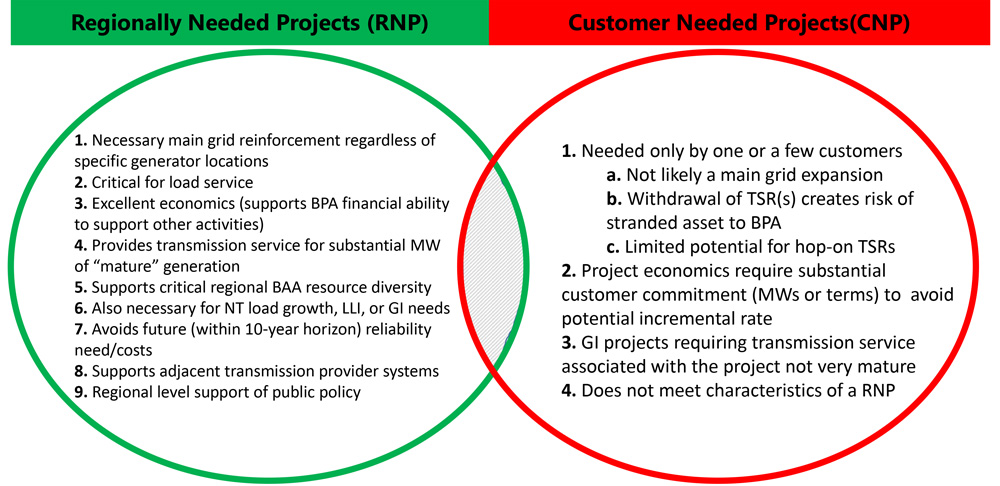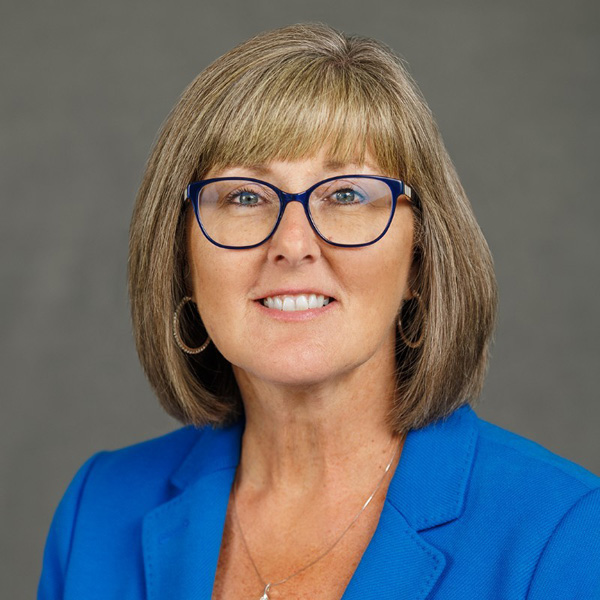PJM Lays out 2nd Planned Capacity Market Filing
PJM Vice President of Market Design and Economics Adam Keech told the Market Implementation Committee on Dec. 4 that the RTO plans to file governing document revisions with FERC to expand the requirement that resources must offer into the capacity market to also apply to all resources holding capacity interconnection rights, namely intermittent, hybrid and storage resources.
The proposal also may include related changes to the market seller offer cap (MSOC).
A Members Committee meeting has been scheduled for Dec. 13 for PJM to consult with stakeholders on the proposal, and Keech said additional presentations are likely at the Markets and Reliability Committee’s Dec. 18 meeting. With the aim of having the changes effective for the 2026/27 auction, scheduled to be conducted in July, Keech said PJM is targeting making the filing by Feb. 4, which is the deadline for generators to withdraw their capacity status.
PJM had signaled it was considering a proposal to expand the must-offer requirement in its request that FERC dismiss a complaint by several consumer advocates that the rules in place for the 2026/27 Base Residual Auction (BRA) would not adequately mitigate market power, among other concerns. The RTO argued that would resolve the advocates’ concerns (EL25-18). (See Consumer Advocates File Wide-ranging Complaint on PJM Capacity Market.)
“PJM is actively considering whether there is sufficient time to fully develop a proposal that would expand the must-offer requirement to intermittent resources, capacity storage resources and hybrid resources without further delaying the BRA for the 2026/2027 delivery year scheduled for July 2025,” the RTO wrote. “If PJM determines that is possible, the Members Committee will be promptly consulted.”
In response to a stakeholder question, Keech said the filing would not propose requiring demand response resources to offer into the market.
Meeting materials posted for the Dec. 13 MC meeting state the proposal would use the Capacity Performance quantifiable risk (CPQR) value as a floor to the MSOC. Under the status quo, offers can be capped at zero, which PJM says can be less than their risk of taking on a capacity commitment.
“This ensures that capacity market sellers can always submit an offer that reflects the incremental risk of taking on a capacity commitment,” according to the presentation.
The materials also say PJM plans to allow segmented offer caps as part of the filing, which would allow weather-dependent generators to reflect increased risk at higher capacity commitments.
Several renewable developers and their advocates objected to making changes of this magnitude in such a manner.
“This is not a way to run a wholesale market and inspire stakeholder [and] investor confidence,” Tangibl Group Director of RTO and Regulatory Affairs Ken Foladare said. “We can’t keep going on this way.”
In a series of reports on the 2025/26 BRA, the Independent Market Monitor argued that categorically exempting resources from the must-offer requirement suppresses supply and inflates clearing prices. It included a scenario in which the auction was run with a mandate that those resources offer into the market, which the report said would have reduced market seller revenues by over $4.1 billion, a 28.2% reduction.
Monitor Joe Bowring told RTO Insider that PJM’s proposed MSOC approach would revive a component of an RTO proposal that was rejected by FERC in February. (See FERC Rejects Changes to PJM Capacity Performance Penalties.) He said it would take an incorrect view of resource risk by expecting intermittent resources to run at times they are unable to, and then allowing those generation owners to account for that in the CPQR component of their offer. Instead, he said PJM should exempt intermittents from underperformance penalties when they cannot operate because of ambient conditions and reflect that in allowable CPQR elements.
PJM Seeks Revised Black Start Compensation
PJM’s Glen Boyle presented additional details on the RTO’s proposal to rework two formulas used to determine compensation for resources providing black start service.
The change would replace the use of zonal net cost of new entry (CONE) values in the formulas with a five-year average of the RTO-wide CONE. The affected formulas are the NERC Critical Infrastructure Protection (CIP) rate and the base formula rate, the latter of which Boyle said is used by about 90% of black start units. There currently are no resources on the CIP rate, used for units that are designated as critical infrastructure by NERC.
The proposal is in response to CONE values in several locational deliverability areas (LDAs) falling to zero in the planning parameters posted for the 2026/27 BRA, substantially reducing compensation for black start units under the status quo formula. The diminished CONE is fueled by a higher energy and ancillary service (EAS) offset for combined cycle generators — which is set to be used as the reference resource for the first time in the 2026/27 auction — and a greater spread between gas and electric prices generally increase energy market revenues for gas units.
The formula is one of several areas of PJM’s capacity market affected by a net CONE of zero. Nonperformance penalty rates also would fall to zero in those LDAs, and the variable resource requirement (VRR) curve, which defines the slope of the market’s demand curve, would become substantially steeper. (See “Proposal to Modify Capacity Market Components,” PJM Stakeholders Wary of Expedited Interconnection Proposal.)
Boyle said decreasing revenues could cause resources to cease black start participation, prompting PJM to hold more requests for proposals for the service and resources that require capital upgrades to be committed at greater cost.
While the change would not affect the capital cost recovery avenue for black start compensation, Boyle said that is available for units that would require upgrades to provide the service with the ultimate goal of transitioning them to the base formula or CIP rate.
Bowring said there is no logical tie between net CONE and the costs for a generator to provide black start service. He said PJM should work with stakeholders to find a replacement formula that does not include CONE as an element and that does include the actual costs of providing black start service plus an incentive.
Bowring also said proposals to index a net CONE value to inflation ignore the fact that one-half of the formula, the net revenues, moves with market energy prices and does not move with inflation. The higher the net revenues, the lower the net CONE, and vice versa, he said.
PJM Preparing to Implement New Synchronized Reserve Deployment
PJM’s Michael Olaleye reminded the committee that the RTO is preparing to roll out changes to its synchronized reserve deployment dispatching process and seeks stakeholder feedback this winter.
In addition to the existing spin status notification and all-call notification, dispatch instructions for synchronized reserve events will be sent as updates to reserve units’ basepoints. (See “Stakeholders Endorse Reserve Rework, Reject Procurement Flexibility,” PJM MRC Briefs: July 24, 2024.)
Any resources with real-time synchronized reserve assignments that don’t see an update to their basepoints should deploy their full commitment in response to any all-call signal. For DR resources, dispatch instructions will be sent through DR Hub.
PJM is in the process of testing its automatic generation control software and aims to implement the changes around Dec. 16 to be ready for winter operations. A notification will be out a week in advance.

